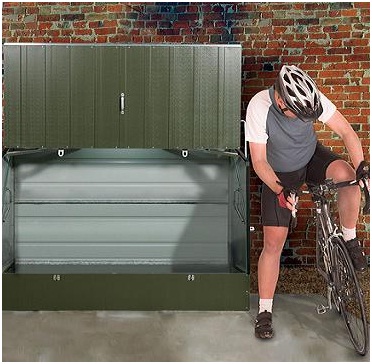Understanding the Code for Sustainable Homes
We’re turning into an eco-friendly bunch here on planet Earth. When we’re not nurturing our lush countryside or admiring some of our amazing scenery, we’re doing everything we can to ensure our man-made structures aren’t hurting but instead helping the environment.
How are we helping?
One way we’re looking out for the environment is through the Code for Sustainable Homes, a government standard for sustainable design and construction for new homes. Launched in December 2006, the Department for Communities and Local Government wants to ensure all new homes are built with sustainability in mind. Builders now have to measure up against a number of environmentally-friendly categories: energy/carbon dioxide, water, materials, surface water run-off, waste, health and wellbeing, pollution, management and ecology. Homes can receive a score of between zero and six depending on how well they meet these parameters.
The first six categories in that list are mandatory, which means the home absolutely must meet these standards to be awarded a rating. The other three categories are optional though do help towards a home’s overall score.
It is important to remember the code is voluntary and there are currently no plans to make it mandatory (with the exception of a few circumstances). The only circumstances in which the code can be enforced are when local councils require developers to comply with the code by including a requirement in their planning policy, as well as when affordable housing is funded by the Homes and Community Agency and requires homes to be built to code level 3.
In addition, the code only applies in England (where it replaces the EcoHomes scheme), Wales and Northern Ireland; Scotland is not included.
Gaining points under the code
One way in which house builders can gain points under the health and wellbeing section of the code is through cycle storage. This part of the code aims to encourage the wider use of bicycles as transport by providing adequate and secure cycle storage facilities. If more and more storage facilities are constructed or bought for homes, residents are more likely to cycle to work or the gym instead of drive. As a result, providing cycle storage in new homes is a quick and easy win for both house builders and future owners of the new build.
Credits can be obtained in a variety of ways. One credit is awarded for:
- Studios or one bedroom dwellings – storage for one cycle for every two dwellings
- Two and three bedroom dwellings – storage for one cycle per dwelling
- Four bedrooms and above – storage for two cycles per dwelling
Two credits are awarded for:
- Studios or one bedroom dwellings – storage for one cycle per dwelling
- Two and three bedroom dwellings – storage for two cycles per dwelling
- Four bedrooms and above – storage for four cycles per dwelling
By building (or buying) cycle storage facilities, house builders can reduce the reliance on cars and motorbikes and encourage the use of push bikes. Just another way we’re helping to keep pollution down, our exercise levels up and our environmentally-friendly targets met.

